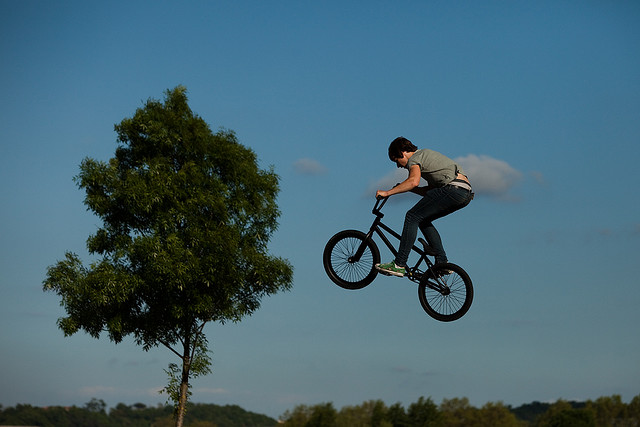It feels good to be an animal. Unlike trees that are tethered to the ground, we animals have the incredible ability to travel. And we do so in a variety of ways. Some like to walk, others run. Others get around by swimming or flying. There are climbers, leapers, and hoppers, and others that prefer to roll and tumble.
Locomotion certainly affords us a great deal of freedom, but it comes at a considerable energy cost. Through countless generations of incremental evolution, our bodies have arrived at many solutions to balancing our energy budget. Fish have streamlined profiles, birds have hollow bones to stay light, and kangaroos have spring loaded hind legs that seamlessly capture and release the energy needed for flight. In the African savannah, predators chase down their prey using long, muscular legs that give them an efficient stride.
In addition to changes in form, animals can also use strategies to travel more efficiently. Birds that need to fly a long distance often make use of a curious technique. They flap their wings to gain height, and once they builds up enough height, the wings stop moving and they glide back downwards. Many birds repeat this wave-like motion in flight, instead of flying at a fixed altitude.
It’s like the difference between cycling on flat terrain or on an undulating, hilly road. In one case you pedal at a steady pace, in the other you alternately pedal hard and don’t pedal at all. The reason that birds adopt this undulating flight strategy is that it saves them energy.
But what’s special about air? What about animals that live in water? In the ocean, swimming is the equivalent of flying. So do marine animals adopt similar swimming strategies to conserve energy? To answer this question, an international group of researchers led by Adrian Gleiss attached sensors onto sharks and seals. They monitored the swimming motion of the whale shark, the white shark, the northern fur seal, and the southern elephant seal.
Here is an animation that they made directly from their recordings, that shows a whale shark swimming.
Continue reading Marine animals save energy by coasting like birds

